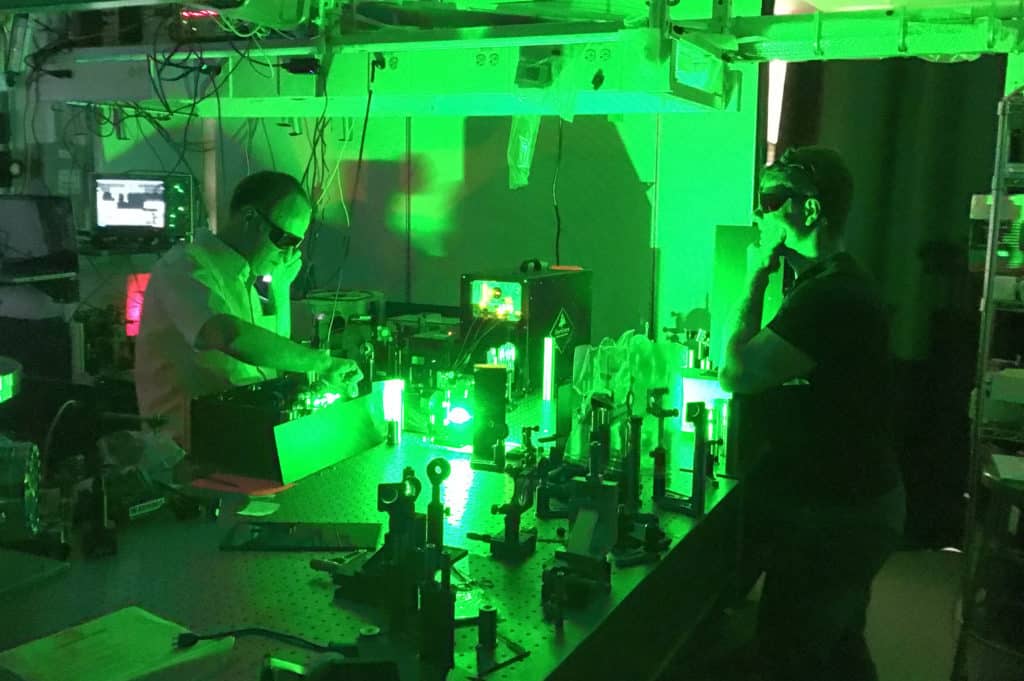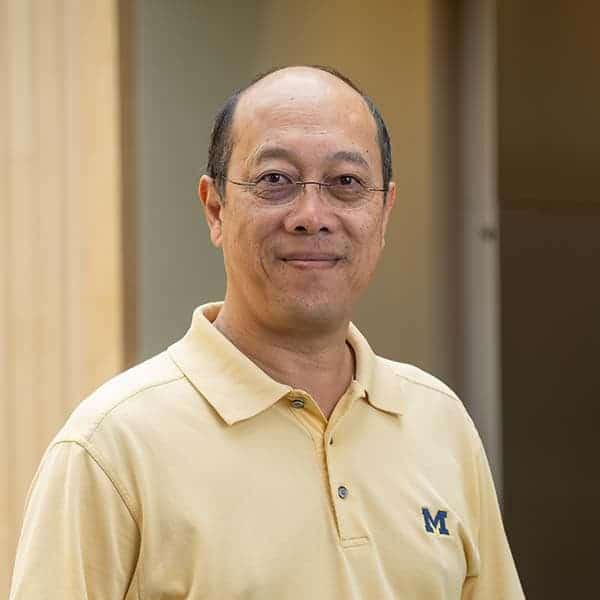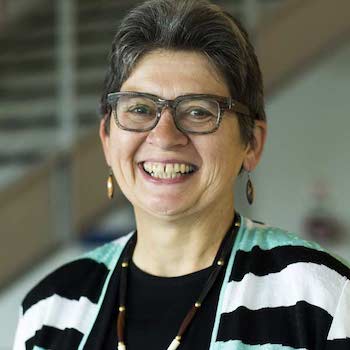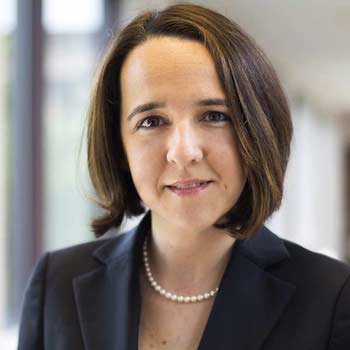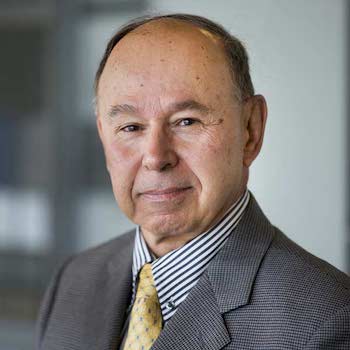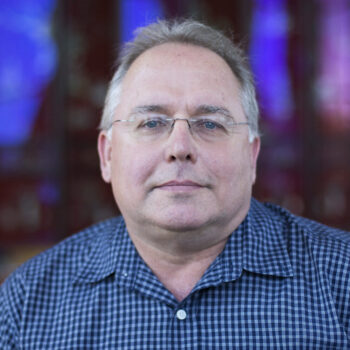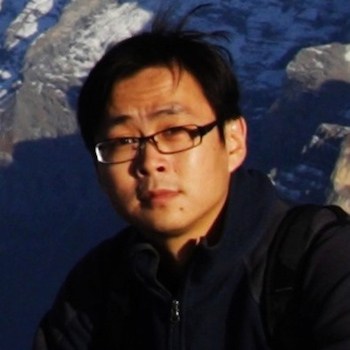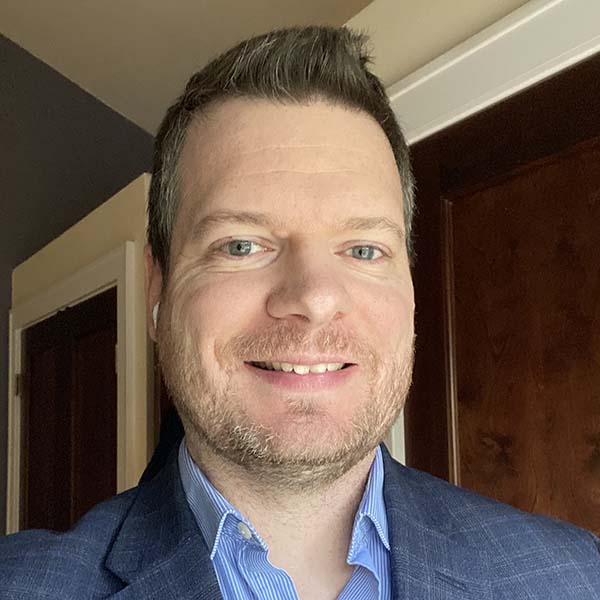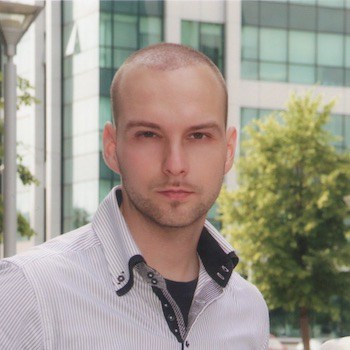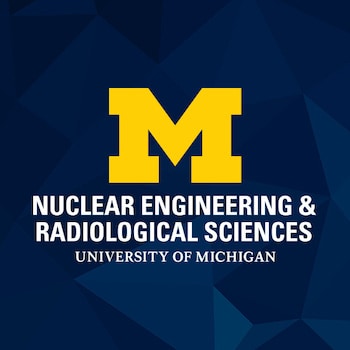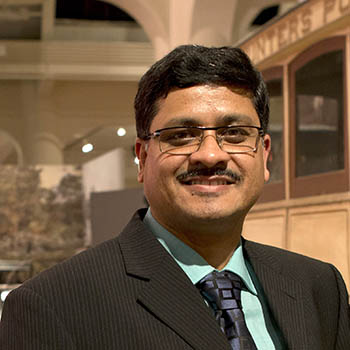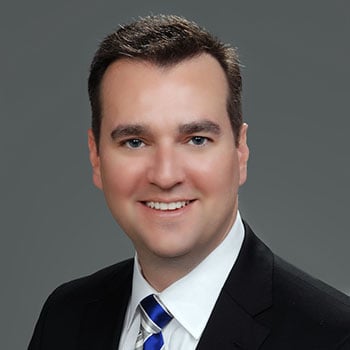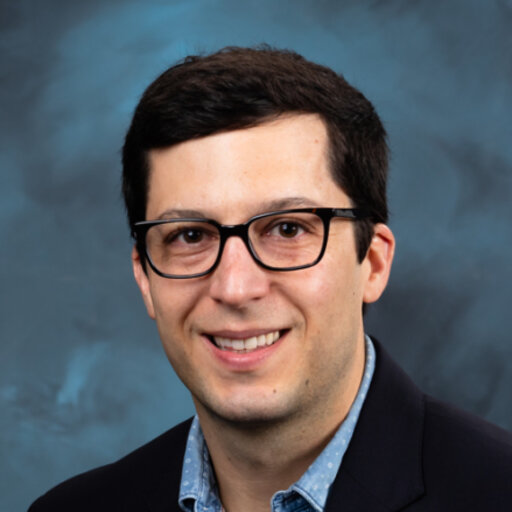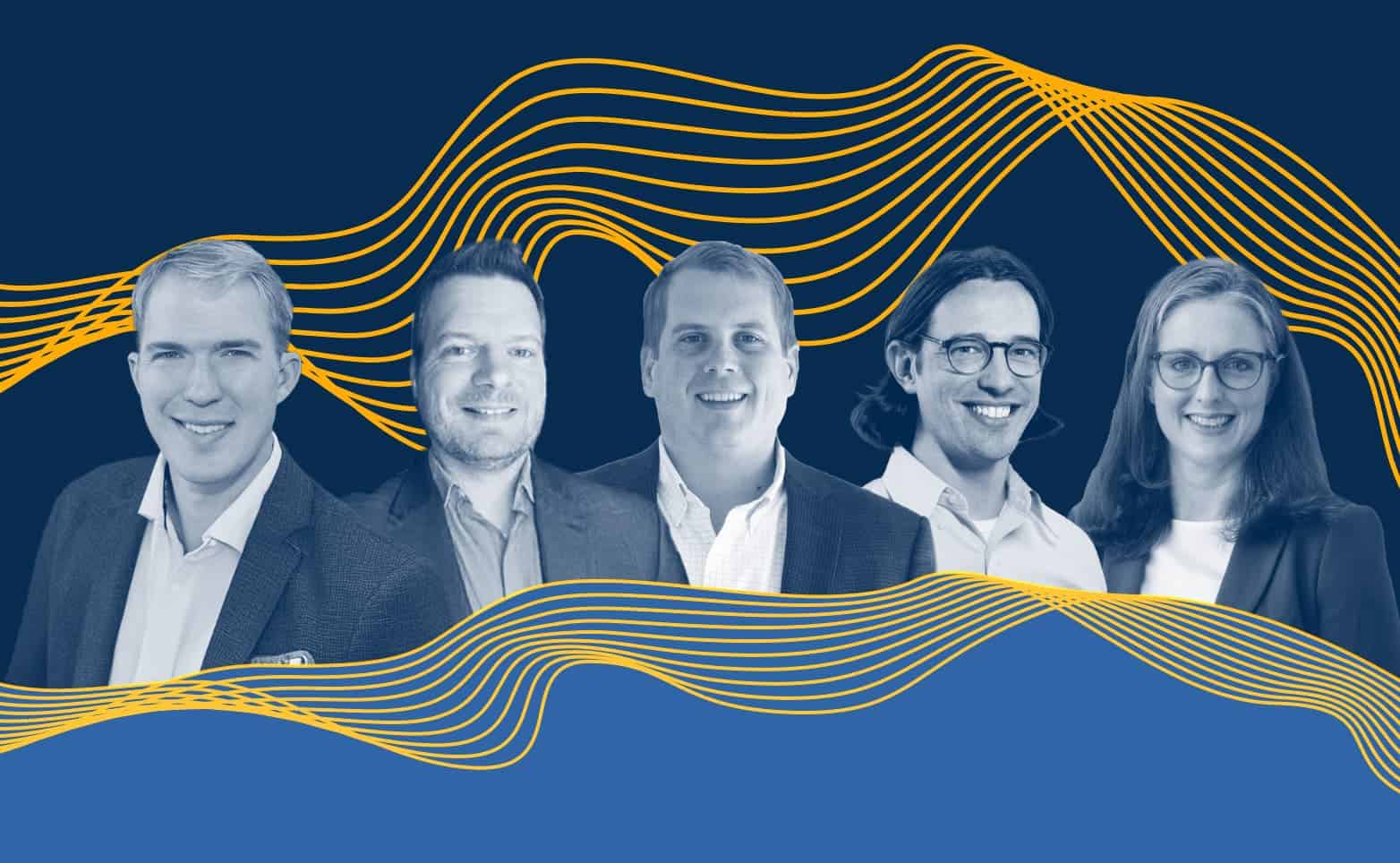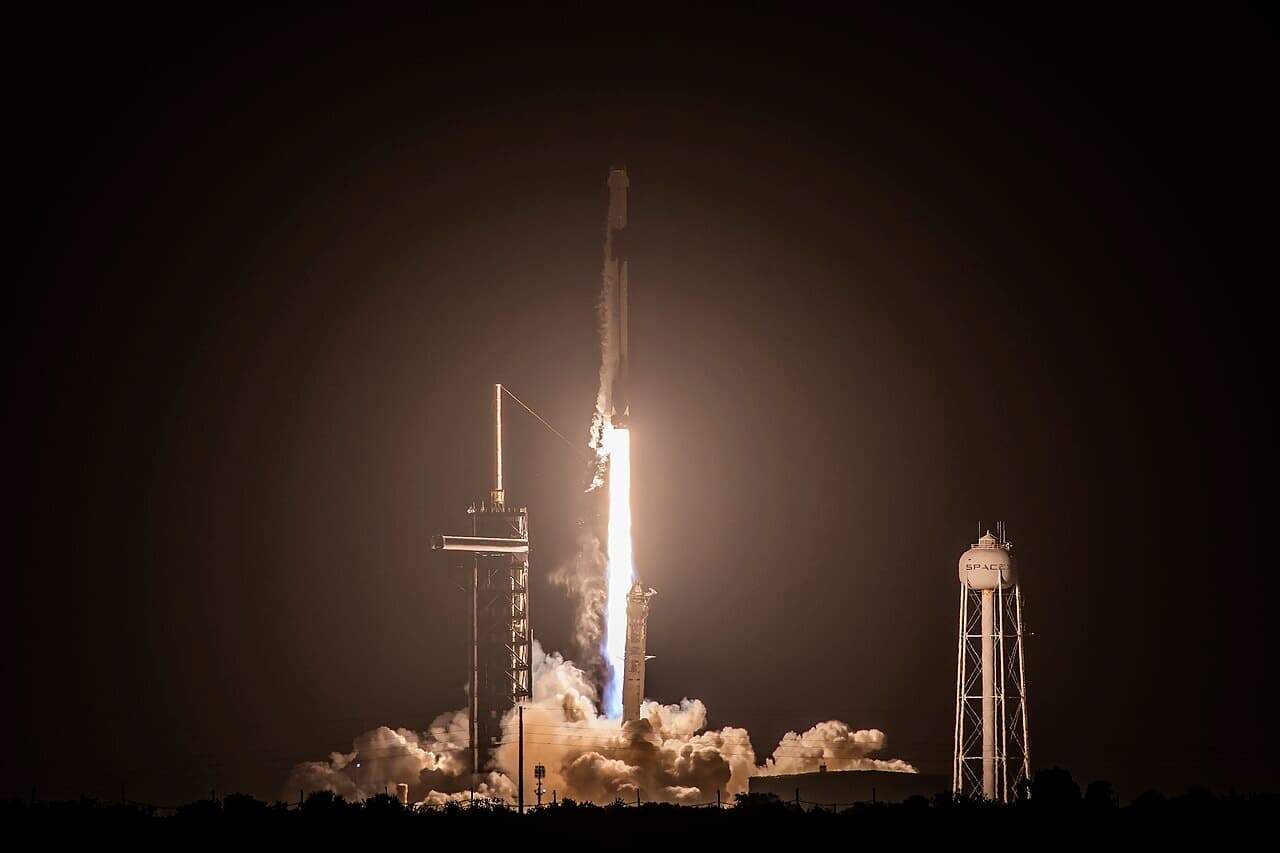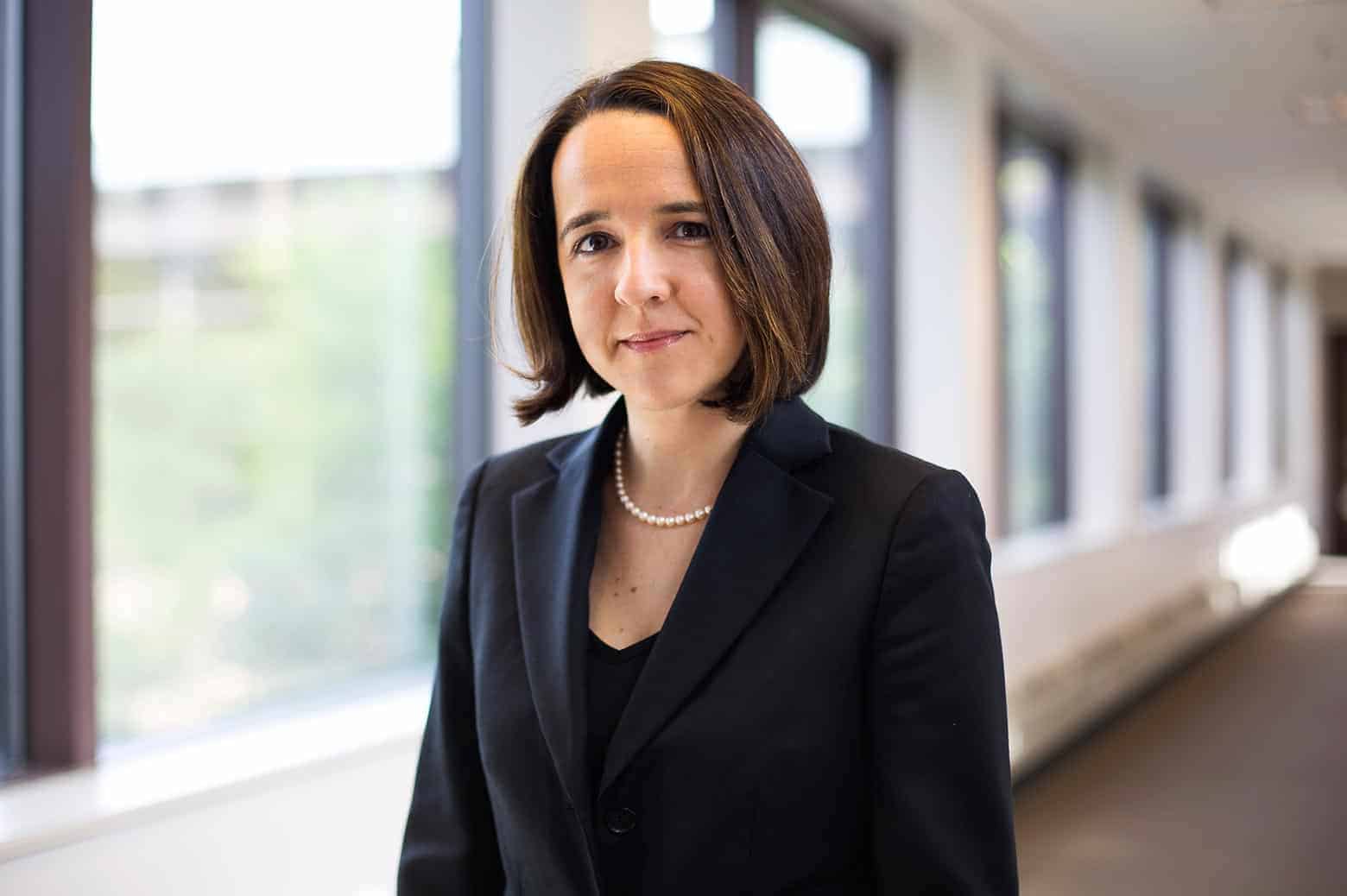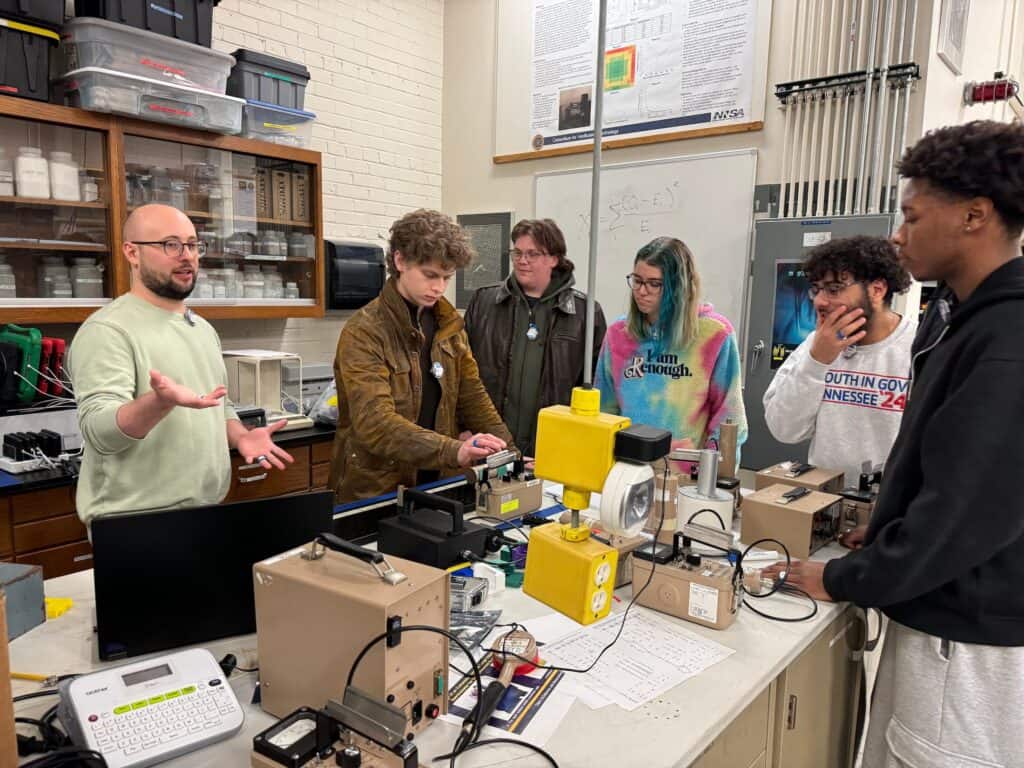
Radiation Measurement & Imaging
Radiation measurements are important for medical imaging, archaeology, astrophysics, and preventing the spread of nuclear weapons.
Nuclear engineers and radiological scientists are interested in the development of more advanced ionizing radiation measurement and detection systems and using these to improve imaging technologies.
This includes detector design, fabrication and analysis, measurements of fundamental atomic and nuclear parameters, methods development for detector systems, neutron activation analysis, radiation imaging systems, nondestructive testing and evaluation of components using penetrating radiation, radiological health engineering and medical physics applications.
Faculty
Labs & Groups
| Applied Nuclear Science Group (Prof. Igor Jovanovic) |
| Applied Nuclear Science Instrumentation Laboratory (Prof. Igor Jovanovic) |
| Detection for Nuclear Nonproliferation Laboratory (Prof. Sara Pozzi) |
| Neutron Science Laboratory (Prof. Igor Jovanovic) |
| Nuclear Measurements Teaching Laboratory (Prof. Igor Jovanovic) |
| Orion Radiation Measurement Group (Prof. Zhong He) |
| Position-Sensing Semiconductor Radiation Detector Laboratory (Prof. Zhong He) |
| Radiation Detection and Measurement Group (Prof. David Wehe) |
| Radiological Health Engineering Laboratory (Prof. Kimberlee Kearfott) |
NEWS
GET INVOLVED
We believe that engaging in research as an undergraduate student is a very important part of the NERS experience, and many of our third- and fourth-year undergraduate students are actively involved and have co-authored papers in scientific journals.
